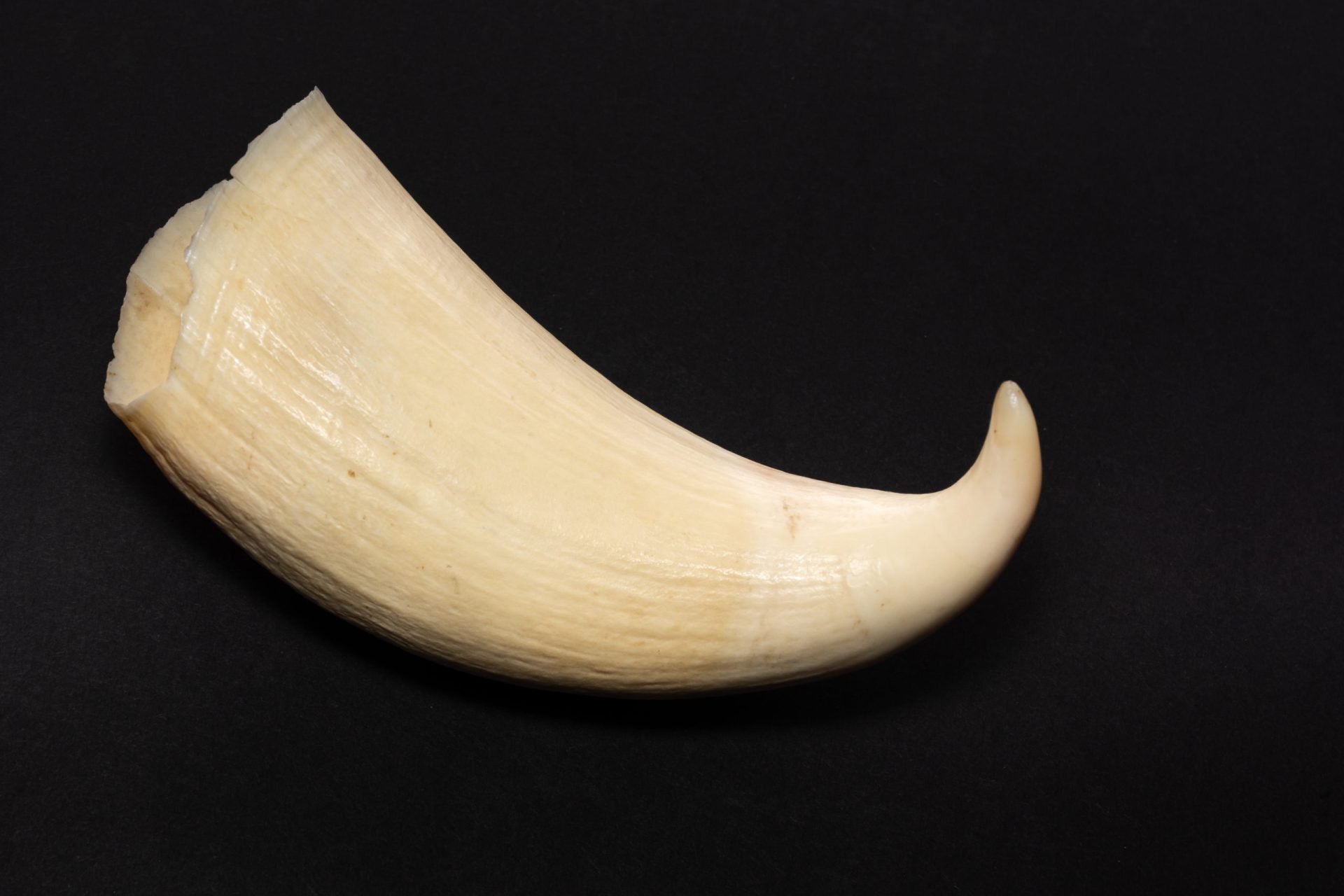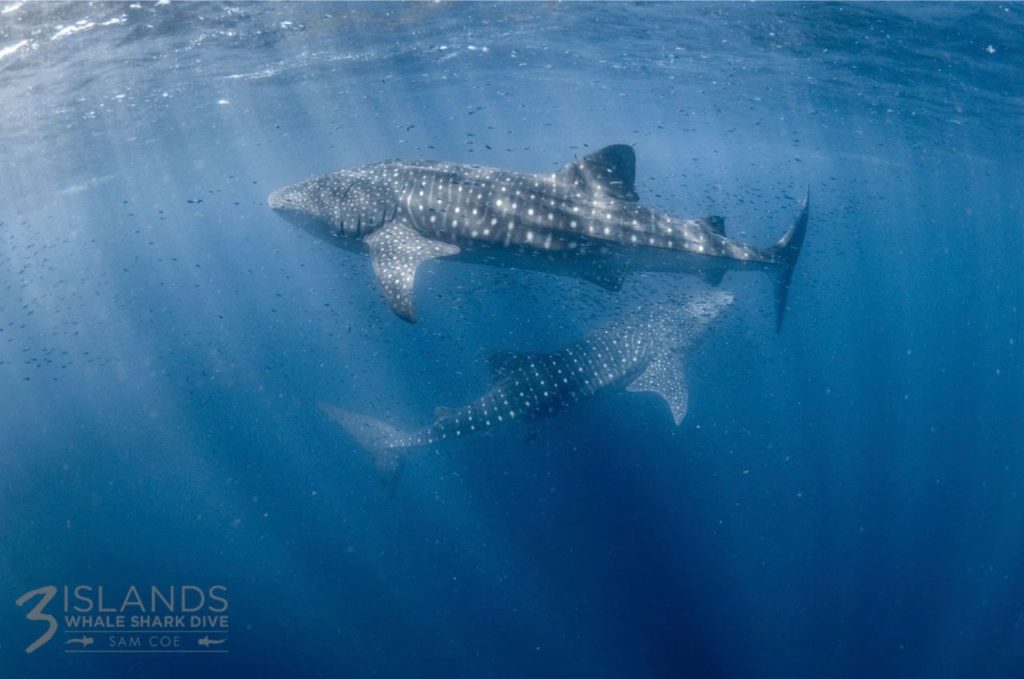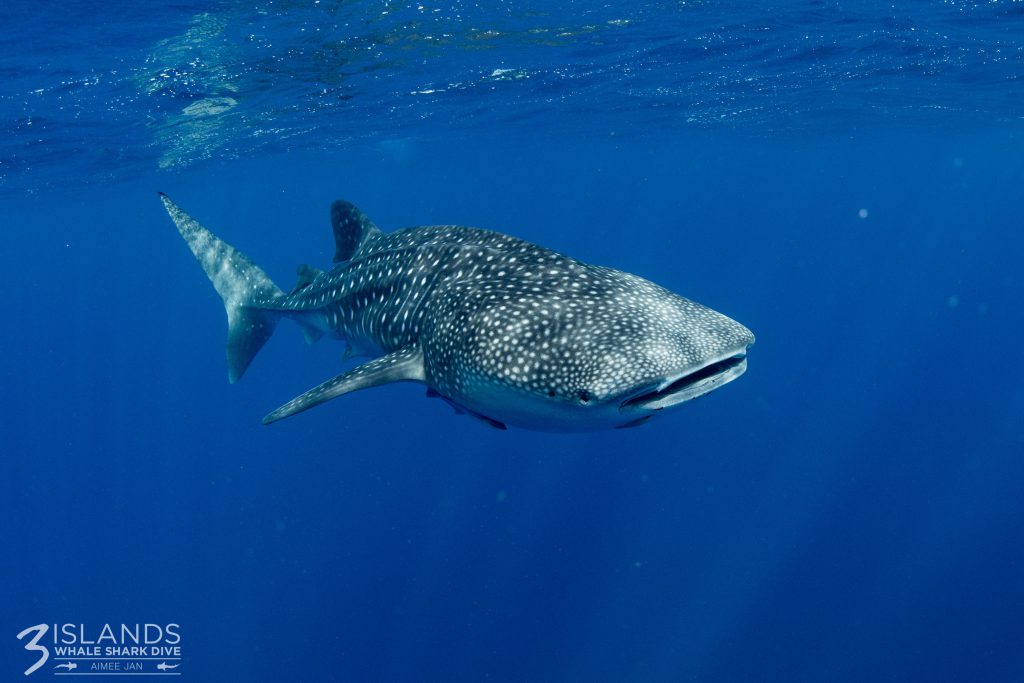In the pristine waters of Western Australia, a dark yet transformative chapter unfolded, leaving indelible marks on both the marine biodiversity and the societal landscape of the region. From Albany to Exmouth, the whaling industry was a tale of boom that cast a stark shadow over the serene coastal regions, including Norwegian Bay. This was a time when the harpoon reigned, and whale oil fueled more than lamps, it fueled economies. Yet, as the whale populations dwindled, the tide of public opinion turned.
Table of Contents
- Historical Background of Whaling in Western Australia
- Economic Impact & Boom of the Whaling Industry in Western Australia
- Ethical & Environmental Repercussions of Whaling
- Regional Western Australia Overview of Whaling
- The Decline & Cessation of Whaling in Australia
- Transition to Whale-Watching & Eco-Tourism
This blog navigates through the historical, economic, and environmental waves created by whaling, unveiling a significant yet dark chapter in Western Australia’s maritime history. We'll trace the rise, peak, and eventual fall of this industry, focusing on key whaling regions, to unearth the indelible marks it left on Western Australia and its marine life. Through this lens, we aim to shed light on a transformative era that continues to ripple through to the present day, echoing a cautionary tale of nature and necessity.
Historical Background of Whaling in Western Australia
Long before the arrival of European settlers, Indigenous communities along Western Australia's coastline had a respectful interaction with whales. These original inhabitants practised sustainable hunting, guided by a deep understanding of marine life and seasonal cycles. Their practices ensured the conservation of marine resources, fostering a harmonious relationship with the natural world.
However, the arrival of European settlers in the 19th century marked the beginning of commercial whaling in the region. The waters soon became hunting grounds, with Albany emerging as the epicentre of the whaling industry. The establishment of whaling stations in Albany brought a flurry of economic activity but also heralded a period of uncontrolled exploitation of whale populations. Whales were hunted extensively for their oil, which was a prized commodity for lighting lamps and a variety of other purposes.
As the demand for whale products soared, the whaling industry expanded its horizons to other parts of Western Australia. Norwegian Bay and Exmouth soon joined Albany as key whaling regions. The latter half of the 19th century and the early decades of the 20th century saw the whaling industry reach its peak, with the waters off these coasts witnessing relentless hunting. Whaling operations became more sophisticated and efficient, driving whale populations to the brink of extinction.
This era marked a stark contrast to the sustainable practices of Indigenous communities, as commercial interests overshadowed the essential principles of conservation and respect for marine life. The unbridled growth of the whaling industry left a lasting imprint on the marine ecosystems of Western Australia, setting a precedent for the environmental challenges to come.
Economic Impact & Boom of the Whaling Industry in Western Australia
The economic boom of the whaling industry in Western Australia was significantly influenced by the involvement of American or "Yankee" whalers, especially in key regions like Albany and Exmouth. Even before the establishment of European settlements, American whalers were known to venture into Western Australian waters, with their activities intensifying throughout the nineteenth century. The early years of the colony saw a substantial presence of Yankee Whalers, alongside French vessels, operating close inshore, including areas like Cockburn Sound. This influx of foreign whalers often led to conflicts with local Western Australian-based whale chasers, indicating the competitive nature and the global interest in the whaling resources off the coast of Western Australia.
The continuous presence of Yankee Whalers, among others, was a testament to the thriving whaling industry in the region, which at one point, had approximately 300 whaling ships from Australia, America, Britain, and France operating off the south coast of Western Australia. Their activities contributed to the bustling trade networks, forging international relations that were anchored on the lucrative whaling industry.
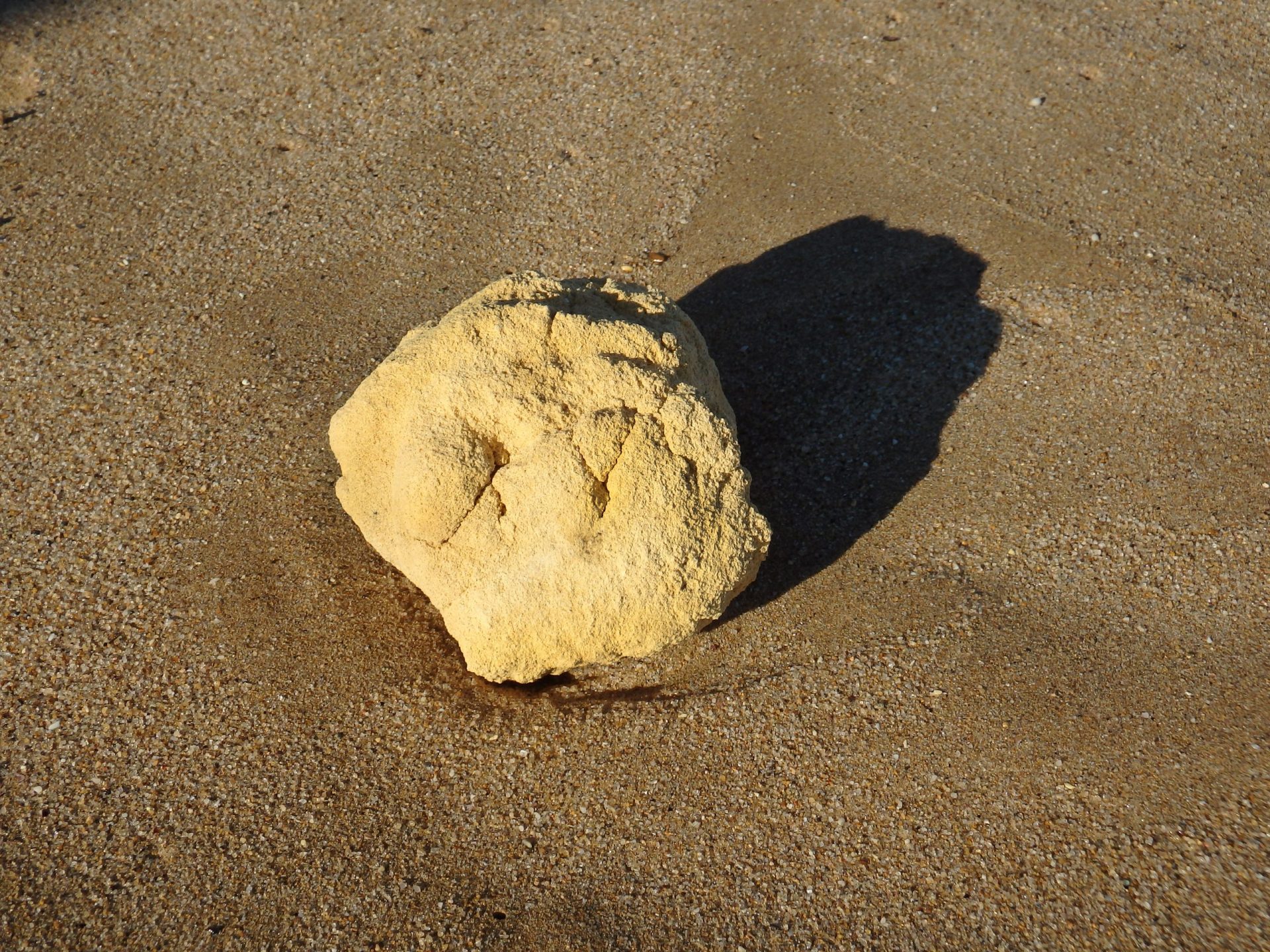
The high demand for whale products like whale oil, baleen, and ambergris—a rare substance found in the digestive system of sperm whales—on a global scale spurred the economic prosperity in regions like Albany and Exmouth, albeit at the cost of overexploitation and environmental degradation.
Ethical & Environmental Repercussions of Whaling
The detrimental impact of whaling on Western Australia's marine life is starkly highlighted by the decline in whale populations. Post the whaling ban, the number of bull sperm whales was found to be less than half compared to the whaling era, with no signs of recovery. Commercial whaling, particularly targeting sperm whales, saw around 16,000 of these creatures taken from Australian waters from 1952 until the ban. While humpback whale populations have shown a promising rebound to 90% of pre-whaling numbers, several whale species remain listed as threatened due to historical overexploitation. These figures underline the dire consequences of whaling on marine ecosystems and stress the importance of sustainable practices to safeguard marine biodiversity.
Regional Western Australia Overview of Whaling
Albany
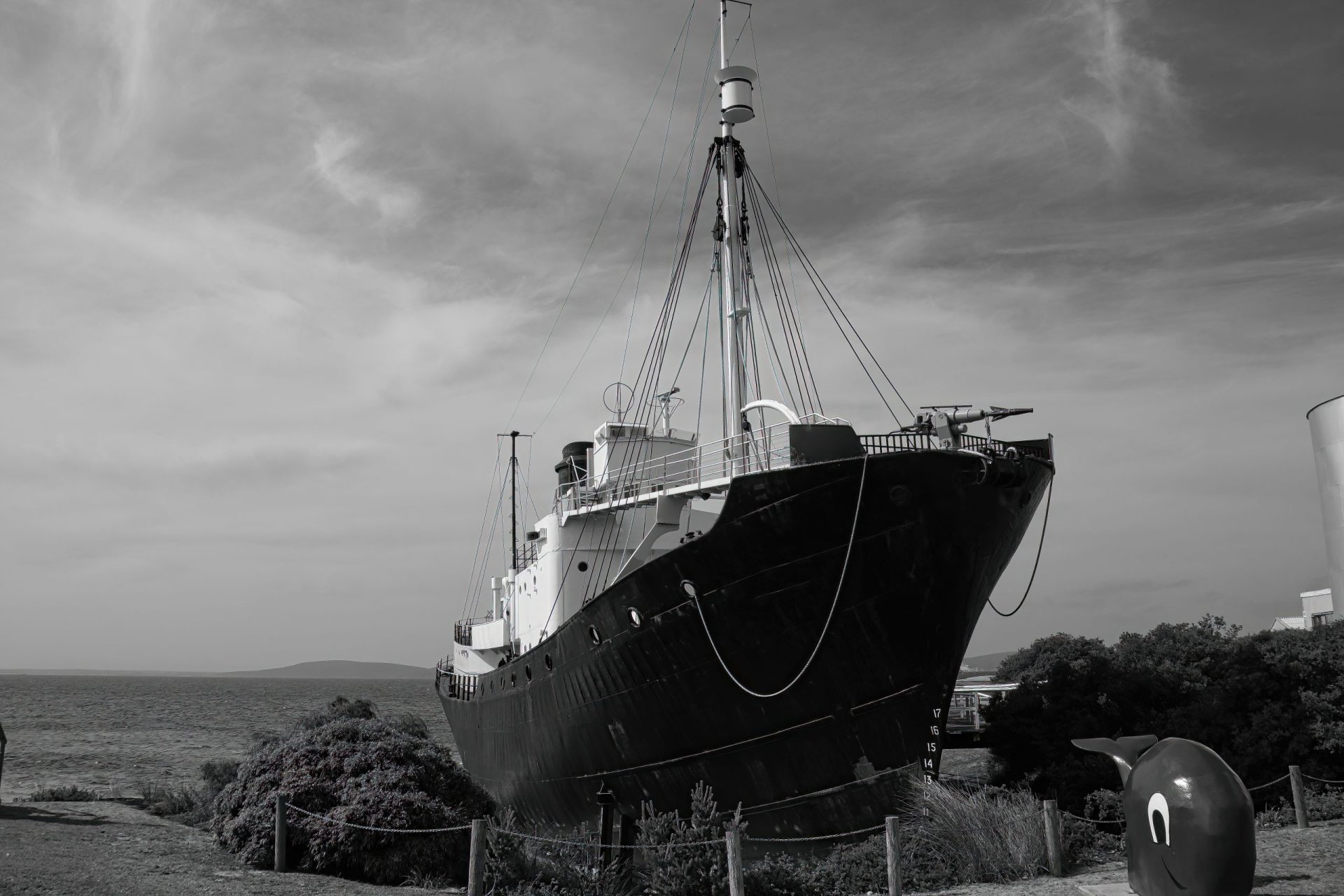
- In the early 20th century, Albany emerged as a key hub for whaling activities. The Albany Whaling Company operated at Frenchman's Bay from 1947 to 1950, albeit with a limited catch of only six humpback whales during its tenure. The Cheynes Beach Whaling Company succeeded and had a much larger operation, with its quota increasing over time. At its peak, it caught between 900 and 1100 sperm and humpback whales each year for processing. Unfortunately, the ban on humpback whaling from 1963 affected its operations, leading to its closure in 1978. Today, Albany's Historic Whaling Station serves as a popular tourist destination, narrating the tales of the whaling era.
Norwegian Bay (Point Cloates)
- Norwegian Bay saw the establishment of a whaling station under a licence granted to a Norwegian company in 1912. This station was part of the broader whaling industry on the North West Cape, which included Carnarvon. This region was significant for its adoption of the exploding harpoon, which was instrumental in catching approximately 4,000 whales during its early years of operation. The station faced closures due to global events like World War I and II but saw re-openings post these periods. The region also housed the Nor-West Whaling Company, which later transitioned into a seafood processing company, showcasing a shift from whaling to other maritime industries.
Exmouth
- Exmouth, part of the North West Cape, is known for its humpback whale sightings during their annual migration cycle. While the historical data on whaling in Exmouth is limited, the region now celebrates whale watching as a significant activity, showcasing a transformation from a possible history of whaling to a conservation-centric approach.
Comparatively, the historical whaling activities led to a significant drop in whale populations. However, the transition towards conservation, particularly noticeable in Exmouth, along with regulatory changes, has fostered a recovery in whale populations over time, underlining the varying impacts of whaling across these regions.
The Decline & Cessation of Whaling in Australia
By the time of Federation in 1901, over-exploitation had further exacerbated the decline of whaling, characterising the sporadic nature of the industry in the region throughout the 20th century. The final curtain on commercial whaling came down in 1978 with the closure of the last whaling station, Cheynes Beach Whaling Company, followed by Australia adopting an anti-whaling policy in 1979, effectively ending whaling in Australian waters.
Transition to Whale-Watching & Eco-Tourism
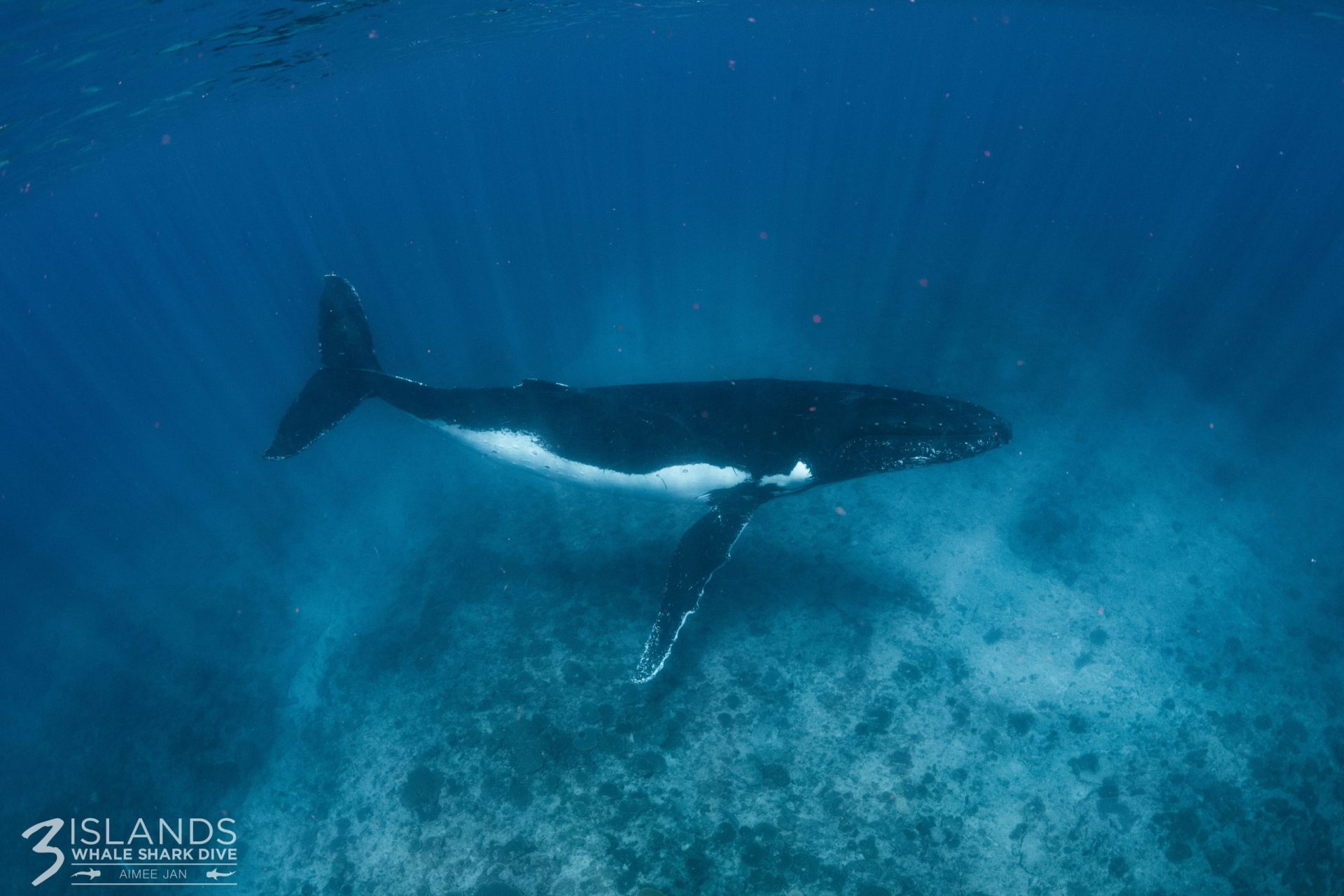
Post cessation of whaling, Western Australia transitioned towards whale-watching and eco-tourism, providing a sustainable alternative to the erstwhile booming whaling industry. Whale-watching ventures emerged, with regions like Exmouth and Ningaloo Reef becoming prime destinations for observing humpback whales during their migration. This transition not only boosted local tourism but also created job opportunities, contributing positively to the regional economy. Furthermore, it helped in fostering a love for marine life among individuals, encouraging actions towards marine conservation.
At Three Islands Whale Shark Dive, we harness historical insights to anchor our commitment to sustainability and conservation in all business activities. Our practices are tailored to preserve the marine habitat and ensure the wellness of its inhabitants, while also engaging in local eco-conservation initiatives. Through our operations, we strive to provide enriching marine experiences and foster a deep respect for the marine ecosystem among our patrons.
Dive into an unforgettable adventure swimming with humpback whales Exmouth with Three Islands Whale Shark Dive. Book your front-row seat to nature's grand spectacle.
More...
Whale Shark Breeding Facts
Whale sharks present a fascinating mystery that intrigues marine biologists and ocean lovers alike. These giant fish, known for their peaceful nature and filter-feeding habits, navigate the warm seas with a grace that belies their immense size Table of Content What is Known About Whale Shark Reproduction? How Many Pups Do Whale Sharks Have? How…
Whale Shark: Whale or Shark?
The whale shark (Rhincodon typus) stands as a majestic giant in the marine world. They possess a unique blend of characteristics that blur the traditional lines between the mammoth, filter-feeding whales and their more ferocious shark cousins. In this exploration, we’ll look into the intriguing world of whale sharks, unravelling the mysteries of their nature,…


